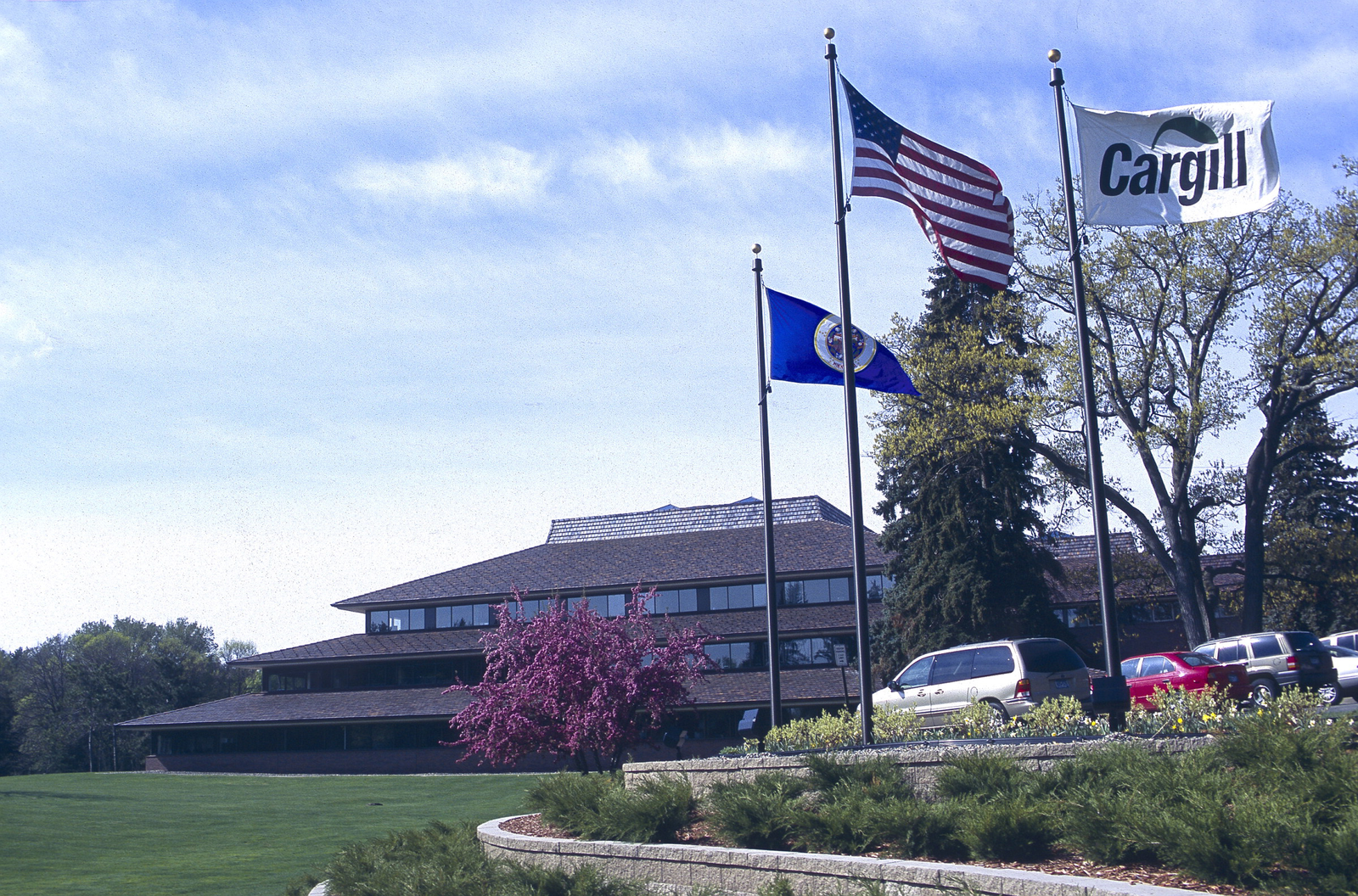Cargill looks back on 150 years of business

In 2015, agri giant Cargill marks its 150th year in business. The company has grown from a single grain elevator in Iowa to a company with 153,000 employees in 67 countries.
In the report, released to its shareholders, Cargill looks back and forward on the main challenges in the animal protein and food businesses. Aquaculture is named as one of the growing markets and one of the sectors that is becoming more efficient and sustainable.
Premium shrimp feed
“With more supply coming from farmed sources, producers are working to improve the productivity and sustainability of their operations. Seajoy Group, one of Latin America’s largest providers of premium farmed shrimp, takes an entrepreneurial approach to meeting these goals. Juvenile shrimp need high-protein diets to give them a healthy start, so Seajoy uses Cargill’s nutrientdense, highly digestible feed in its hatcheries. The product minimises waste, improves water quality and yields stronger shrimp for growth ponds. Feed continues to be a critical factor in shrimp farming because it makes up the largest share of production costs. Through nutritive products and technical support, we helped Seajoy boost its feed conversion rate by more than 15 percent in 2014”, Cargill states.
Minimising antibiotics
In the report, Cargill also named antibiotic reduction as an important topic that ruled the animal production industry in the last decades. “We have removed growth promoting antibiotics from our turkey flocks, and we are exploring alternative methods for keeping animals healthy. Ensuring animals have the right balance of microbes for a healthy gastrointestinal tract is one solution. We have been studying how naturally occurring microbes interact with animals in both positive and negative ways. We have developed a tool that quickly and efficiently measures the quantity and types of bacteria present in an animal’s intestine”, the company states. Cargill’s aim is to make feeding adjustments using additives, such as prebiotics, probiotics, essential oils, organic acids and enzymes that allow an animal to counteract a population of negative bacteria.

Cargill in 1965 in Alberta, Minnesota.











